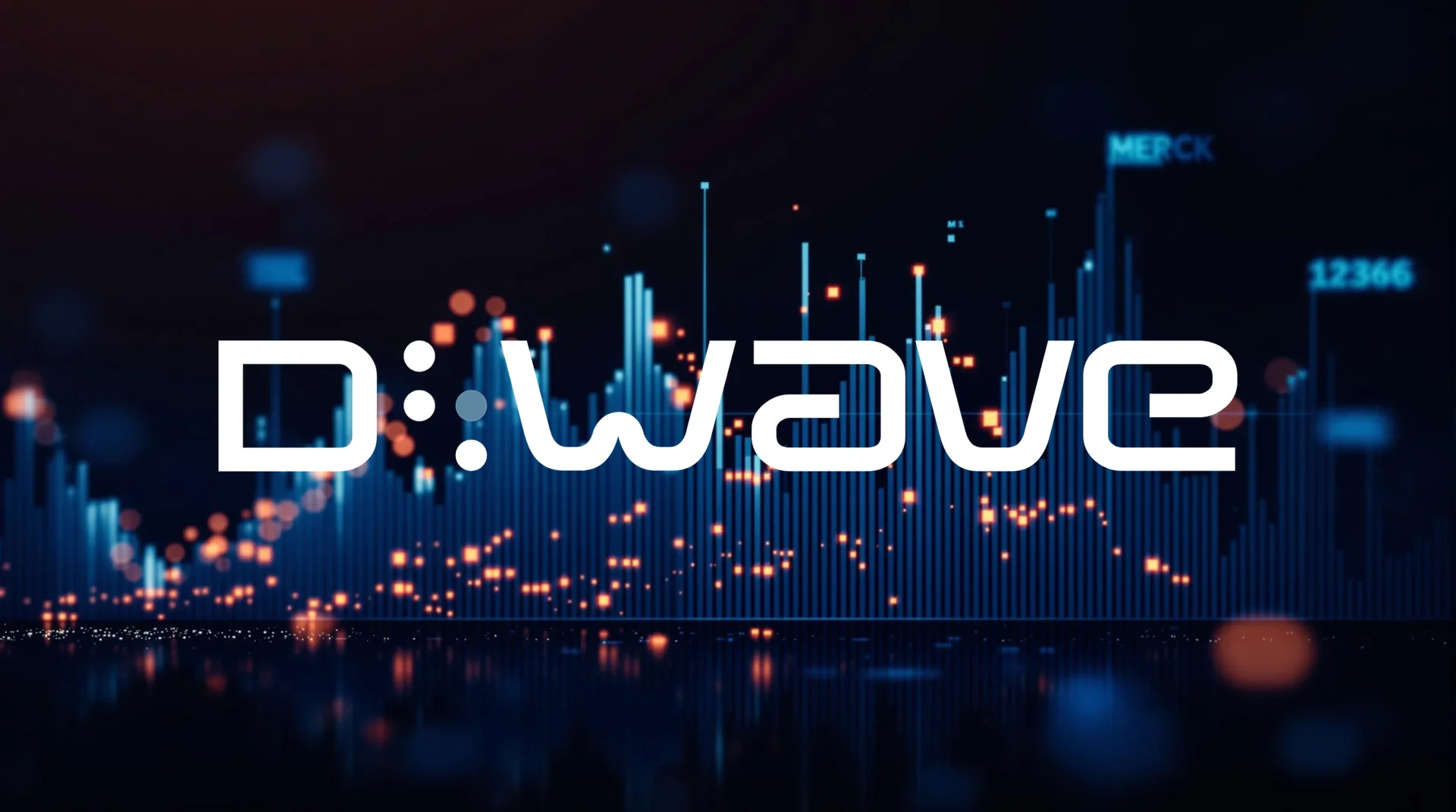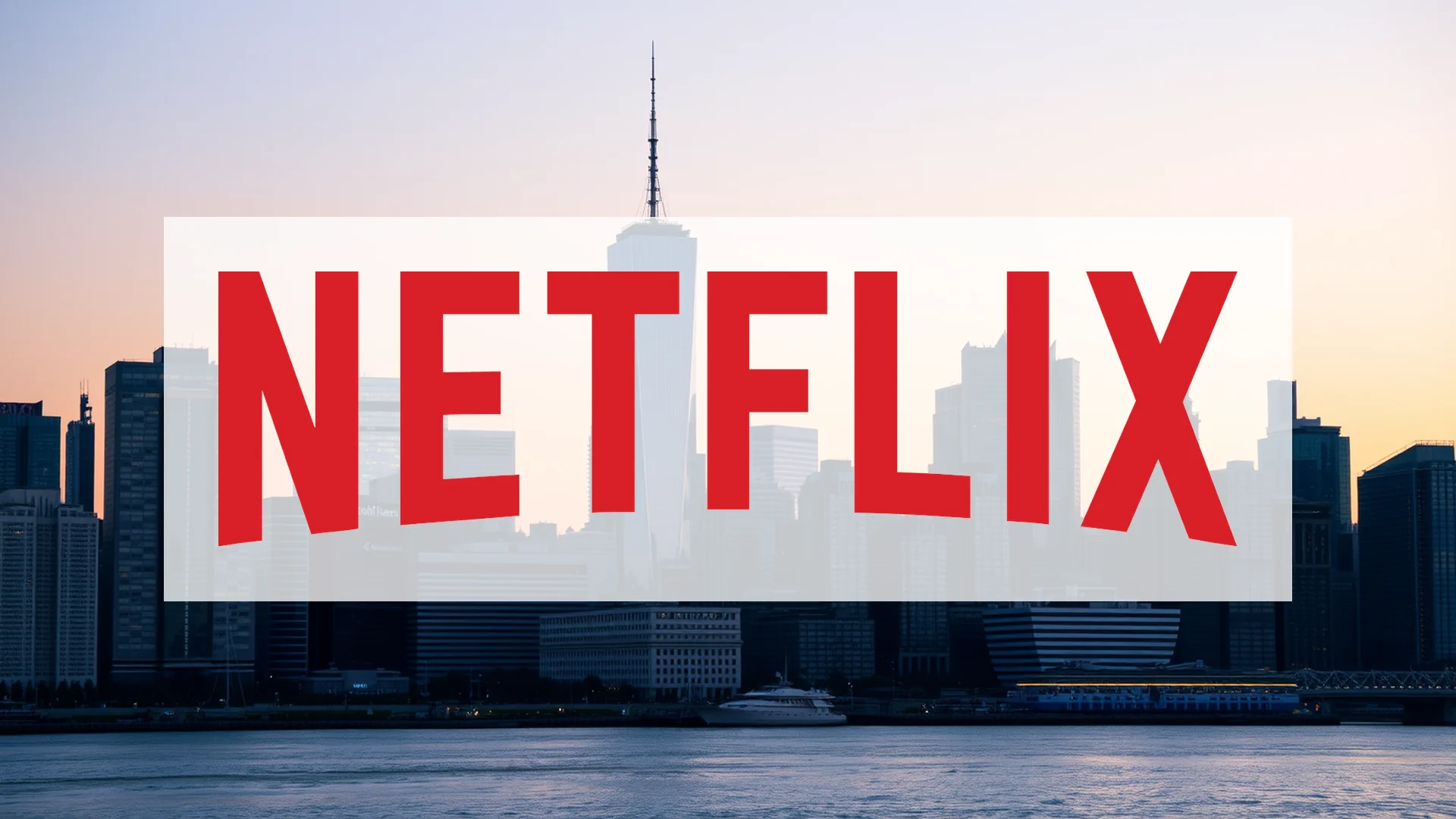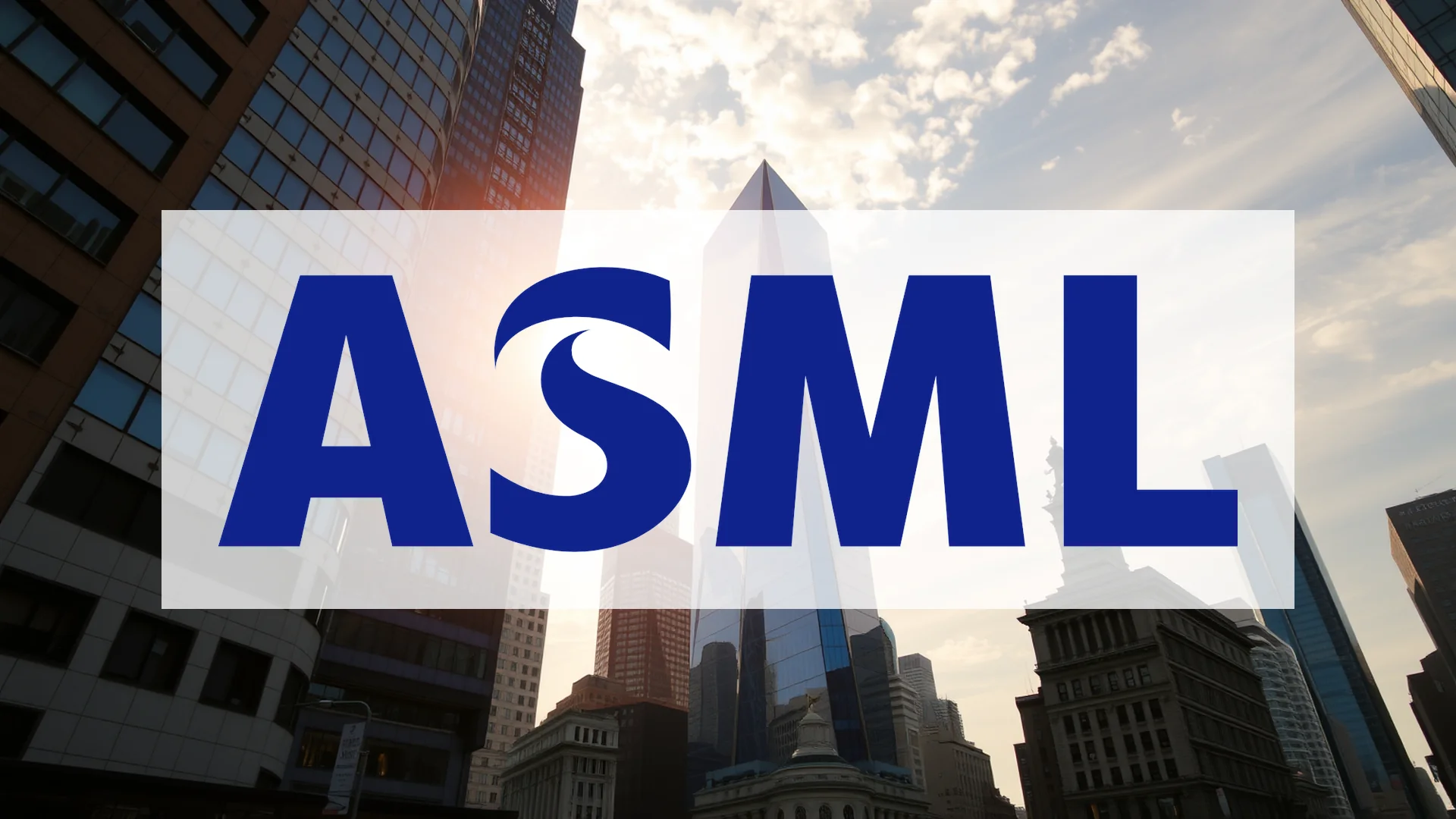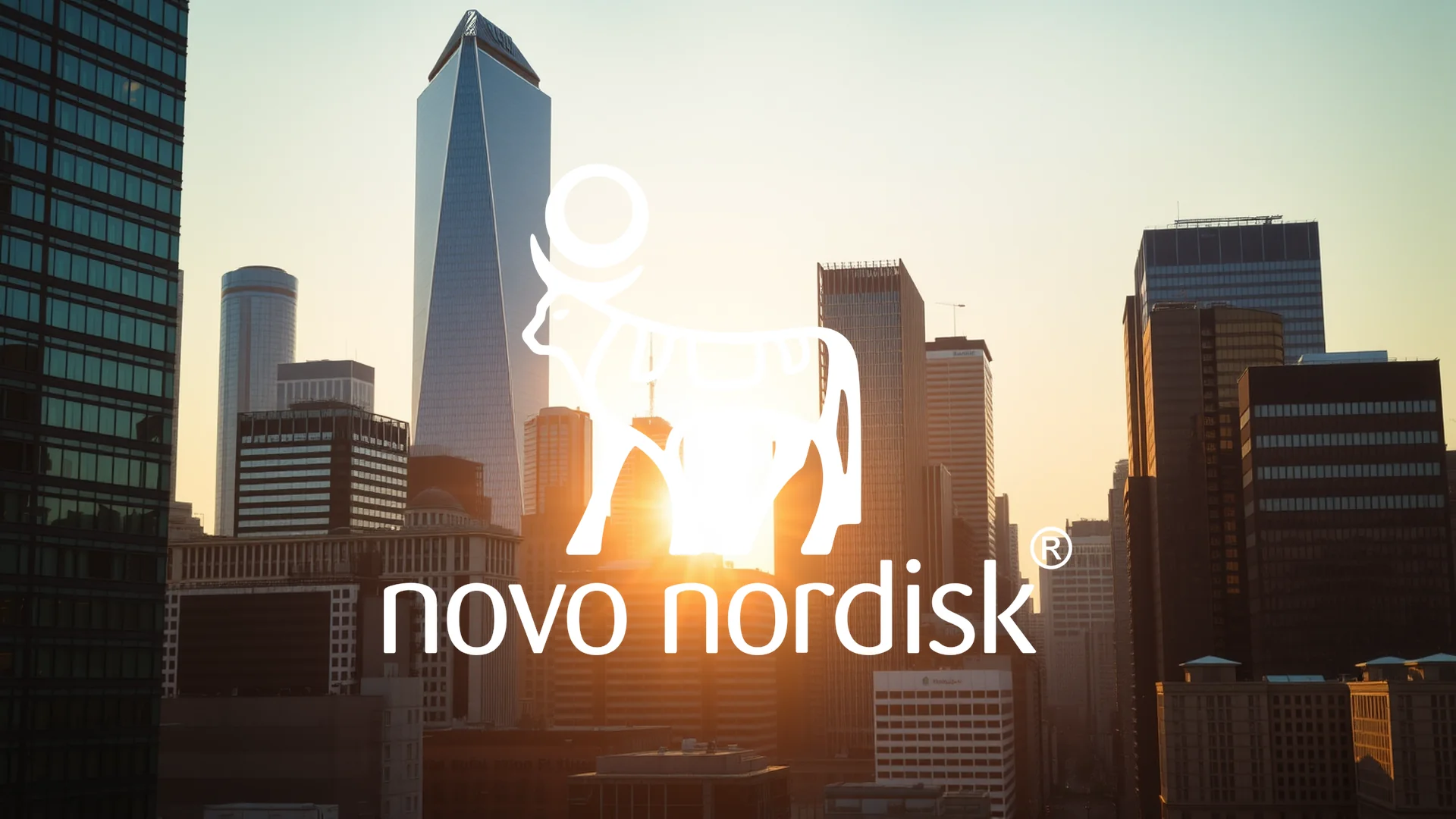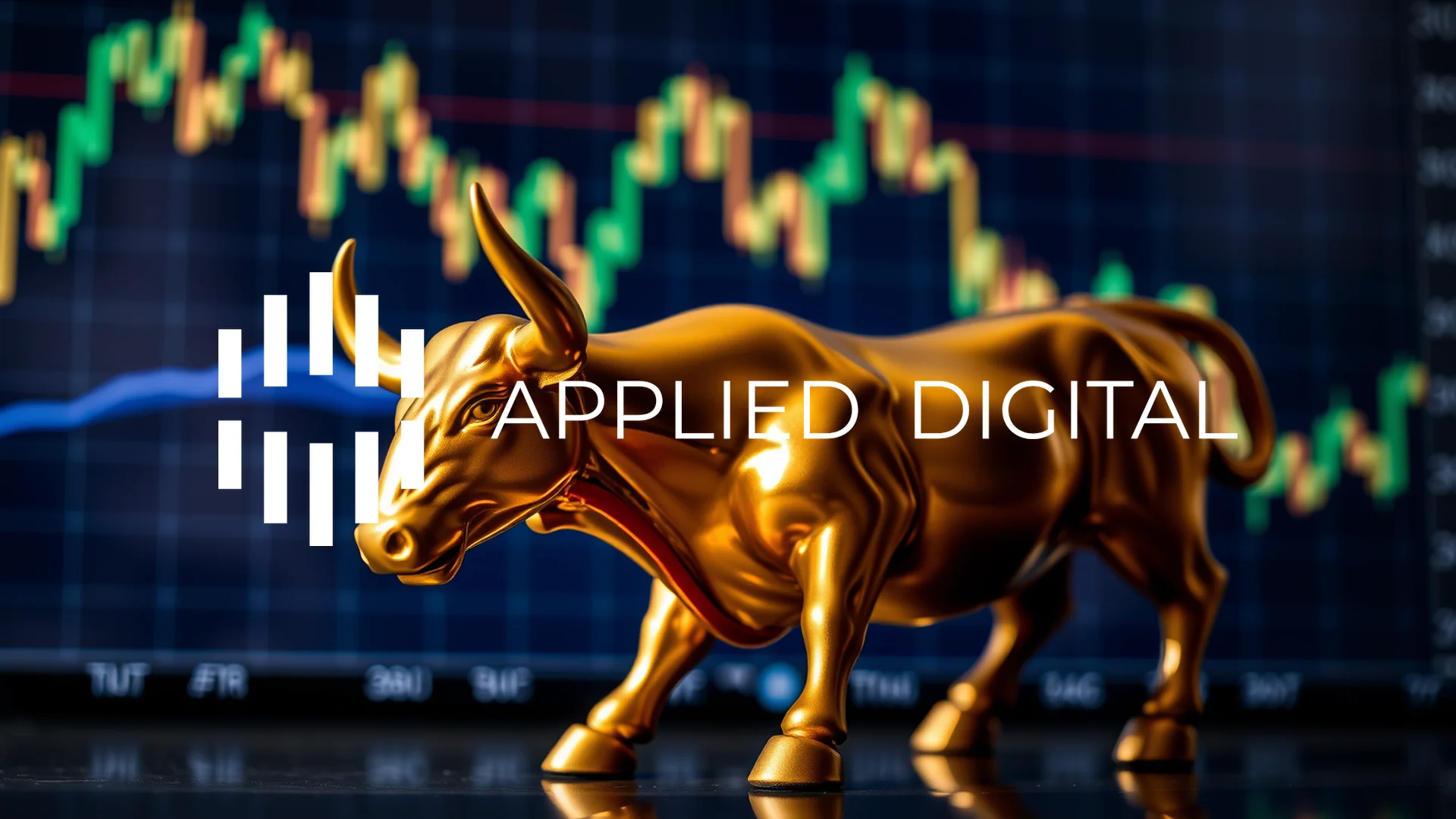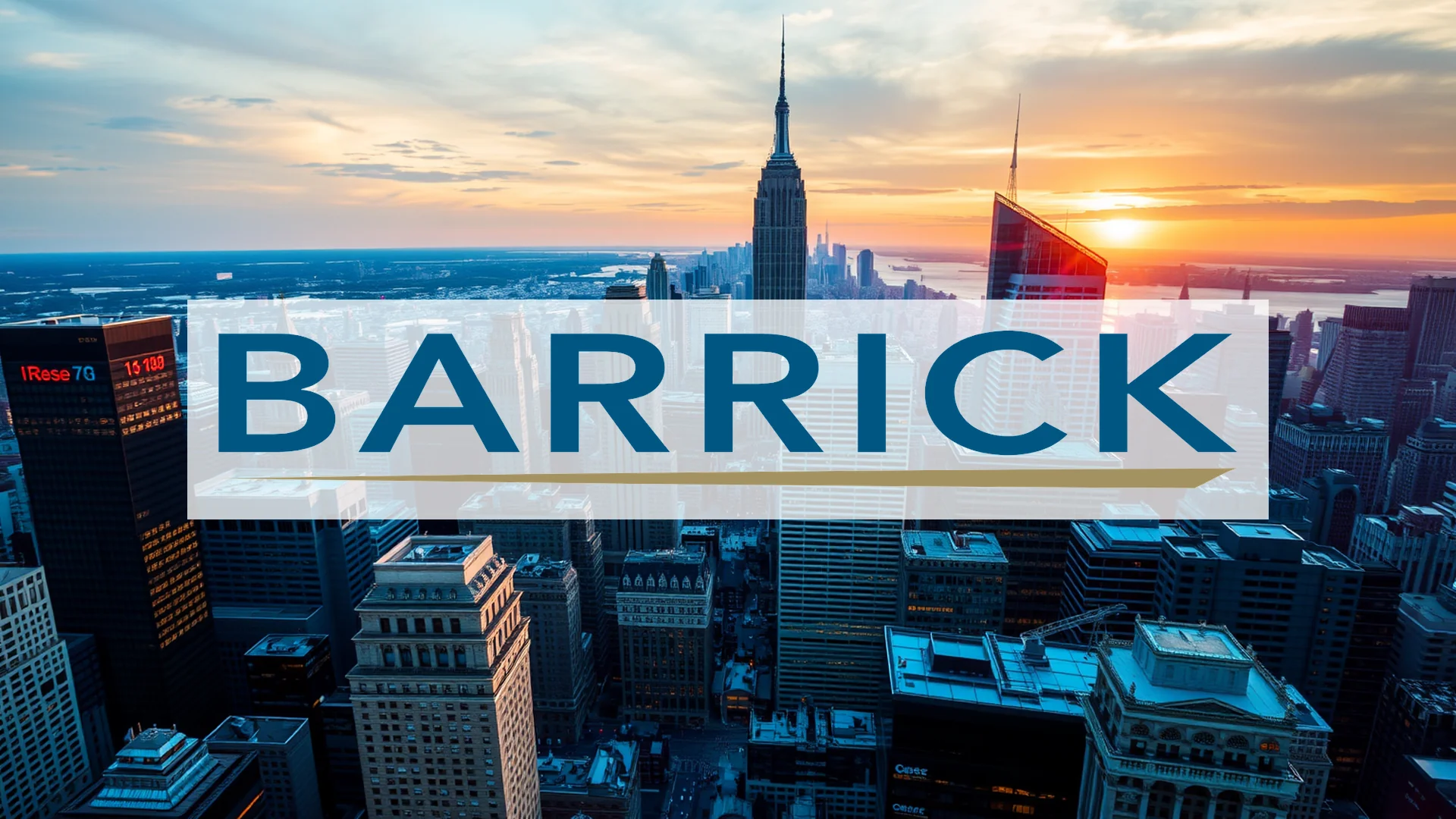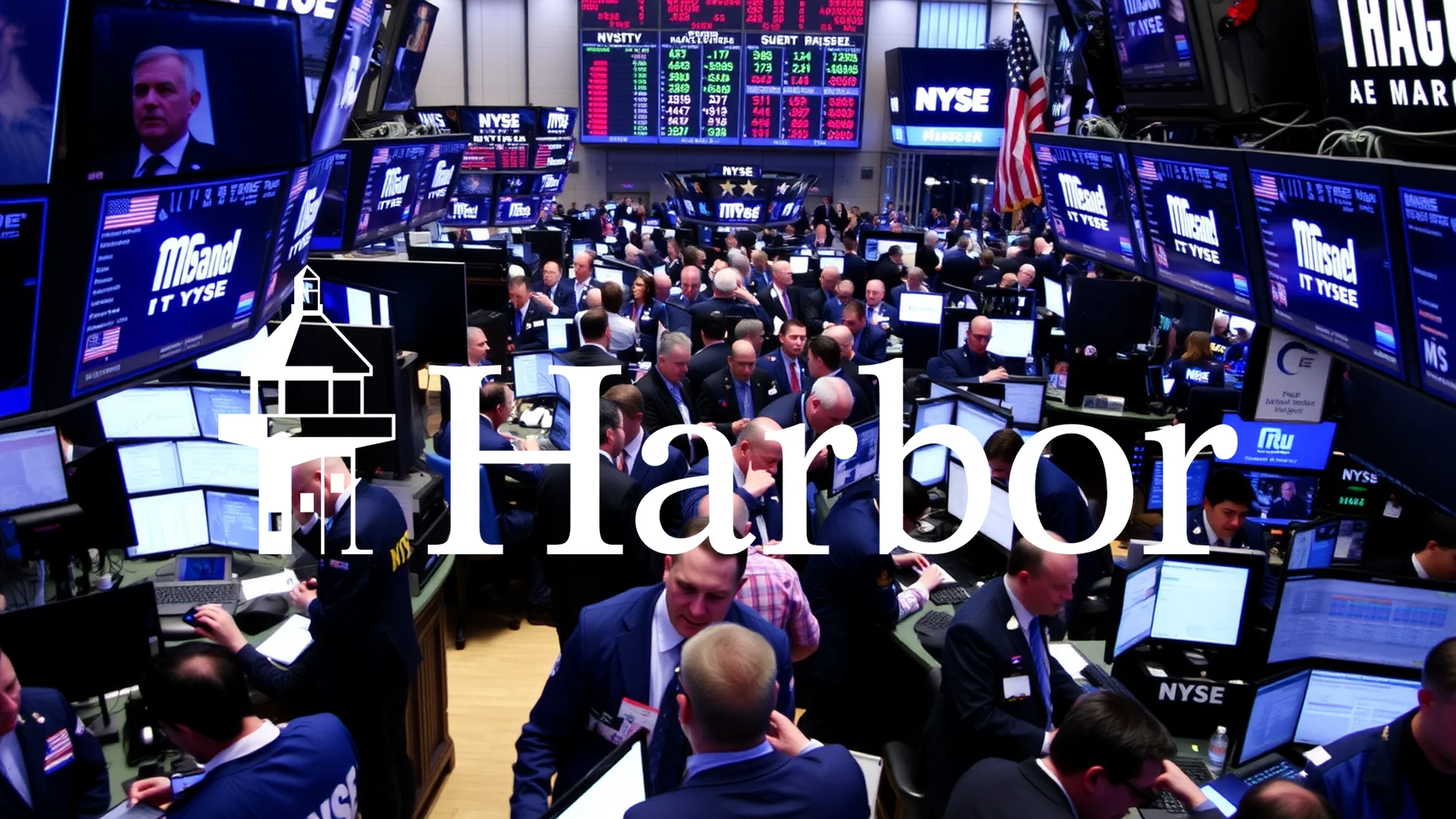D-Wave Quantum finds itself navigating turbulent financial waters as operational achievements clash with regulatory challenges. The quantum computing specialist received a critical notification from the New York Stock Exchange on October 2, marking the third delisting warning in the company’s public trading history. This regulatory action was triggered by the stock’s persistent trading below the one-dollar threshold for thirty consecutive trading sessions.
Compliance Countdown and Market Paradox
The exchange has granted D-Wave a six-month compliance restoration window. To maintain its listing status, the company’s shares must sustain trading above one dollar for thirty consecutive trading days. This requirement presents a significant hurdle for the quantum firm, whose stock has predominantly traded below two dollars throughout the past year and remains substantially distant from its peak valuation of $8.18 per share.
In a market paradox, the delisting announcement coincided with a 14 percent surge in share value, creating a contradictory moment for investors and company leadership alike.
Operational Breakthroughs Amid Financial Strain
Despite its exchange difficulties, D-Wave continues to demonstrate tangible technological value. A recent collaboration with the North Wales Police Department yielded remarkable results, with quantum optimization algorithms reducing emergency response planning from an estimated four months using conventional computing methods to just four minutes—a 50 percent improvement in operational efficiency.
The company further strengthened its commercial positioning through a strategic alliance announced October 1 with the pharmaceutical division of Japan Tobacco. This quantum artificial intelligence initiative aims to accelerate drug discovery processes, showcasing the practical application potential of D-Wave’s annealing quantum technology platform.
Should investors sell immediately? Or is it worth buying D-Wave Quantum?
Sector Momentum and Financial Realities
D-Wave’s recent price surge aligned with positive sector developments, particularly competitor Rigetti Computing securing quantum system contracts valued at $5.7 million. This industry momentum provided tailwinds for quantum computing stocks, lifting D-Wave’s valuation alongside sector peers.
However, financial metrics reveal substantial speculative elements in the company’s valuation. With a market capitalization approaching $10 billion, D-Wave projects merely $8.8 million in revenue for 2024. The net loss position has significantly expanded to $143.9 million, compared to $82.7 million during the previous fiscal year.
Strategic Positioning for Long-Term Growth
In late October, D-Wave fortified its leadership team by appointing two technology industry veterans—John DiLullo and Rohit Ghai—to its board of directors. These additions are expected to drive the company’s aggressive market penetration strategy forward.
The broader industry context remains promising, with McKinsey forecasting quantum computing revenues reaching $72 billion by 2035. Nevertheless, surviving the interim period presents the immediate challenge for sector participants like D-Wave.
The coming six months will prove decisive in determining whether D-Wave can achieve exchange compliance through organic business growth or must resort to structural measures like a reverse stock split. Balancing visionary technological promise against stringent financial requirements continues to represent the fundamental challenge for this quantum computing enterprise.
Ad
D-Wave Quantum Stock: Buy or Sell?! New D-Wave Quantum Analysis from November 20 delivers the answer:
The latest D-Wave Quantum figures speak for themselves: Urgent action needed for D-Wave Quantum investors. Is it worth buying or should you sell? Find out what to do now in the current free analysis from November 20.
D-Wave Quantum: Buy or sell? Read more here...

